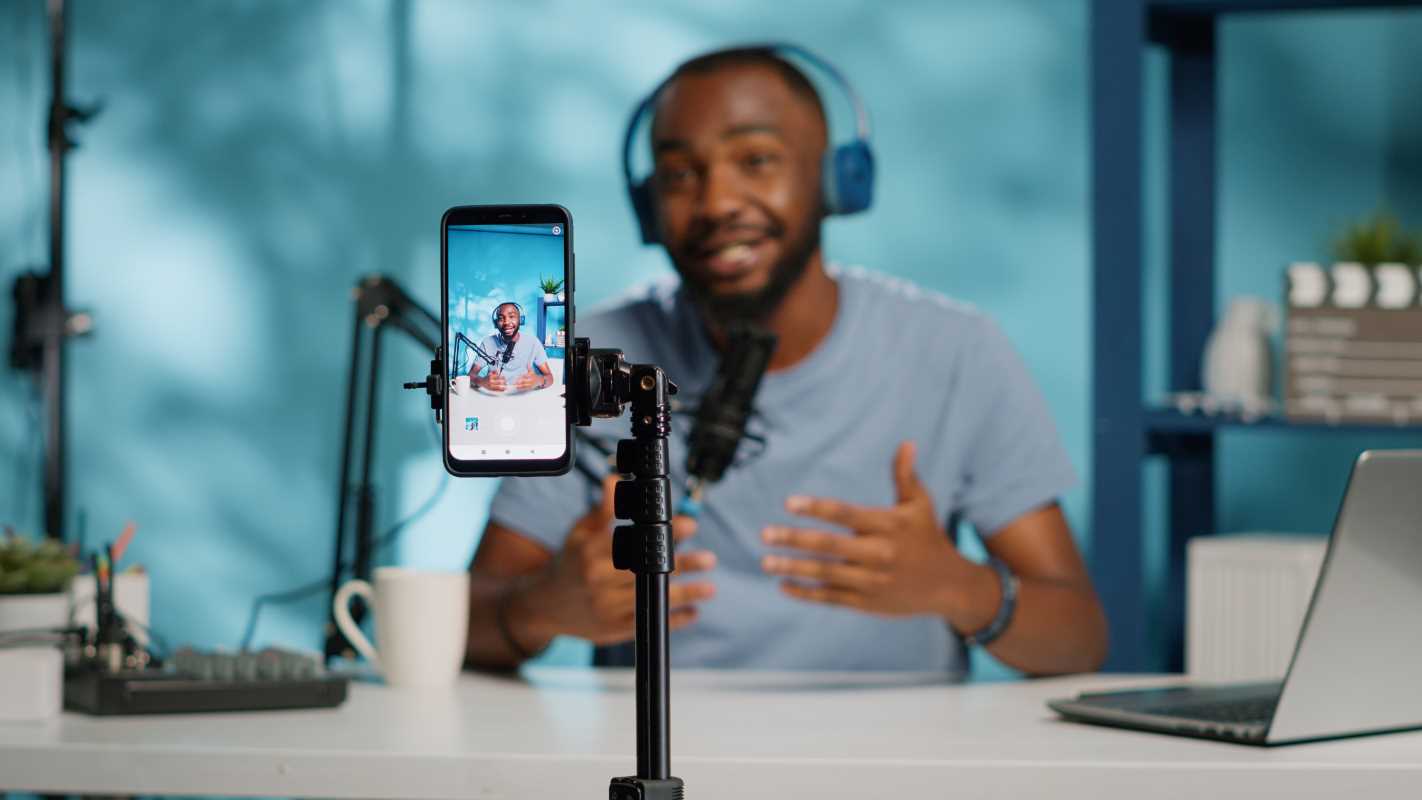Learning software development opens up a world where curiosity meets practical skills. People often discover that coding allows them to blend logic with creativity while tackling interesting problems. No technical background or previous experience stands as a barrier; anyone can begin by taking small, manageable steps. Each piece of progress builds confidence and reveals new possibilities within the process. This guide shows how you can approach programming in a way that matches your own interests, making every new concept and each line of code feel like a meaningful accomplishment. As you move forward, you’ll see how software development can become a satisfying and personal pursuit.
With a clear path forward, you’ll discover how tapping into your unique strengths fuels each milestone. Embrace curiosity, celebrate small wins, and see your confidence grow with every experiment. You’ll find joy in crafting solutions and watch how a single idea develops into something tangible. Let’s uncover these insights together.
Creating a Personal Journey in Coding
Every coder’s path begins with a spark of curiosity that turns into genuine motivation. What if writing a few lines could solve a puzzle, or even launch a side project that reflects your own style? View each new syntax concept as a stepping stone in a creative journey instead of a chore. This shift in mindset makes coding a personal adventure where learning rules and logic feels like unlocking new playground equipment.
Imagine sketching out an app idea on a sticky note, then guiding that concept through simple tutorials and interactive exercises. You’ll find that hands-on experiments teach more than theory ever could. By treating small errors as clues instead of setbacks, you train yourself to adapt and improve solutions. This approach keeps enthusiasm high and creates a sense of ownership over each breakthrough.
Igniting Creative Momentum with Projects
Start with mini-projects that combine everyday interests—like a personal blog, a recipe organizer, or an interactive map—and you’ll see patterns emerge quickly. As you build, notice the satisfaction when a feature works exactly as you envisioned. This creative momentum fuels ongoing exploration and encourages you to try different languages or frameworks later on. Each project becomes a showcase of your growing skills.
When you get stuck, revisit simpler projects for fresh ideas. Going back to an earlier snippet can reveal new ways to optimize or expand features. Share your progress with friends or online communities to get feedback—it often sparks unexpected ideas. Embracing this cycle of iteration cements your knowledge and boosts your confidence steadily.
Key Steps to Start Coding Practice
- Interactive Tutorial Platforms (learn syntax & logic through exercises)
- Steps:
- Follow a short lesson
- Solve coding challenges
- Review instant feedback
- Availability: free basic tracks; paid certificates from ~$10/month
- Tip: bookmark tricky solutions for later review during deeper practice
- Steps:
- Terminal and Command-Line Basics (directory navigation & file management)
- Steps:
- Open a terminal or shell
- Navigate to project folder using
cd - Execute scripts with interpreter
- Cost: included in all major operating systems
- Tip: customize prompt with colors to track directory and avoid confusion
- Steps:
- Version Control with Git (track changes & revert updates)
- Steps:
- Install Git via official site or package manager
- Initialize repository in your project folder
- Make commits with clear messages
- Cost: free and open-source
- Tip: write descriptive commit messages (e.g., added input validation) for clarity
- Steps:
- Setting Up a Local Development Environment (test code in production-like setup)
- Steps:
- Choose a code editor or IDE (free community editions available)
- Install necessary runtimes or interpreters
- Configure environment variables for paths
- Availability: most editors offer free versions or trials
- Tip: add extensions like syntax highlighting & linting tools to catch errors early
- Steps:
- Creating a Simple Web Page (practice HTML, CSS, JavaScript basics)
- Steps:
- Draft page structure in an HTML file
- Style elements with CSS in a separate file
- Add interactions with JavaScript
- Cost: free if tested locally
- Tip: use browser developer tools to inspect elements and tweak CSS in real time
- Steps:
Converting Lines into Live Projects
Once you master the fundamentals, publish your skills online by hosting small projects on free platforms. Deploy your static site or simple app to learn continuous integration steps and gain confidence sharing your work publicly. Seeing your link live on the internet feels exciting and confirms your ability to turn ideas into reality. This practice also opens opportunities to collaborate with others, receive real-world feedback, and iterate quickly.
When you publish each release, invite peers to test features and give suggestions. Working with others increases accountability and brings fresh perspectives you might not have considered alone. Celebrate every successful deployment—proof that your skills translate into accessible, interactive experiences.
Creating a Supportive Learning Network
Join online forums, local meetups, or study groups where all members range from complete beginners to experienced contributors. Participating in a community gives you immediate help when you encounter difficulties and fresh motivation when you see others’ progress. Engage in coding challenges, hackathons, or peer-led workshops that promote teamwork and celebrate incremental wins.
Pair programming sessions, where two people work together on one computer, provide real-time feedback and reinforce learning. Switch roles between typing and observing to deepen your understanding. This cooperative practice nurtures both technical skills and communication abilities, helping you stay connected and motivated throughout your coding journey.
Beginning Your Coding Journey
Starting small helps turn hesitation into confidence as each success builds your foundation. Celebrate progress, share your work, and let challenges guide you toward growth. Coding opens a world of creativity and problem-solving—begin today and see how far your skills can take you.







